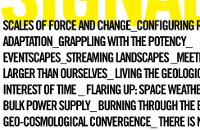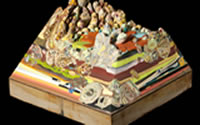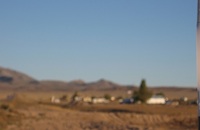Introduction
Elizabeth Ellsworth + Jamie KruseEvidence: Making a Geologic Turn into Cultural Awareness
There was never a time when human agency was anything other than an interfolding network of humanity and nonhumanity; today this mingling has become harder to ignore.
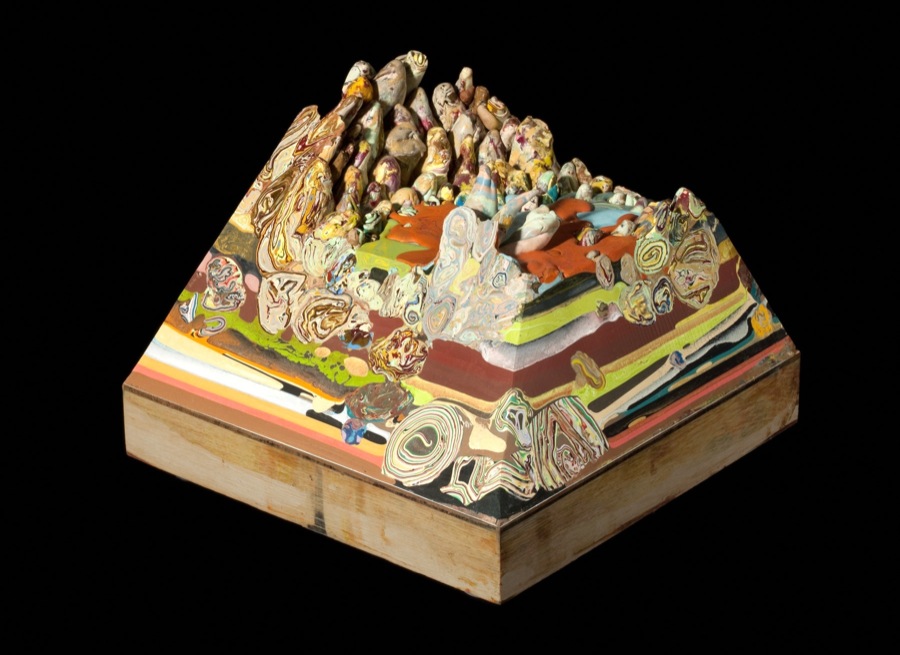
Until recently, the word “geologic” conjured meanings and associations that referred simply and directly to the science of geology -- the study of the origin, history, and structures of the earth. But that seems to be changing. Something is happening to the ways that people are now taking up “the geologic.”
Contemporary artists, popular culture producers, speculative architects, scientists and philosophers are adding new layers of cultural meaning and aesthetic sensation to the geologic. It is as if recent events and developments are making geologic realities sense-able with new physical intensity and from new angles of thought as a situation that we live within, not simply as something “out there” that we study.
Humans seem to be sensing, in new ways, that the forces and materials of the earth are not only subjects of scientific inquiry -- they have also become conditions of daily life.
The idea for this book came from our sense that there is an increasingly widespread turn toward the geologic as source of explanation, motivation, and inspiration for cultural and aesthetic responses to conditions of the present moment. Geologic topics and themes are underscoring daily experience in ways that are stark and arresting. Deep time is beginning to have applied, material meaning for non-specialists. Not that long ago, mineral and fossil resources available for human exploitation seemed to be infinite. No nuclear waste needed to be stored. Carbon emissions didn’t exist. And the oceans contained zero tons of plastic. Two hundred years ago, fears about what the planet’s material state might be like in 1000 years would have seemed misplaced. No longer. In the face of accelerating planetary-scale change, much of it traceable to human activity, today’s humans are confronted by realizations that life on earth hasn’t been like “this” nor has it looked like “us” for very long at all. In the short 18 months that we’ve been working on this book, the word “Anthropocene” has gone from an obscure, scientific term that an NPR interviewer had to ask a geologist how to pronounce, to a word that now appears in headlines and returns over half a million Google citations.
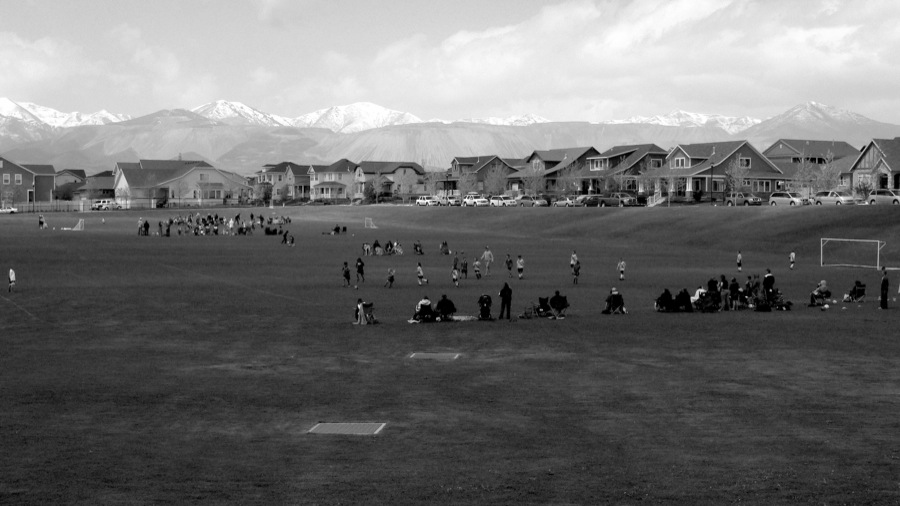
We are intrigued by what is arguably a growing recognition that the geologic, both as a material dynamic and as a cultural preoccupation, shapes the “now” in ever more direct and urgent ways. The existence, effects, and nature of earth dynamics were once the specialized interest of scientists and infrastructure designers. Today, they are topics of breaking news about tectonic plate movements, travel-disrupting volcanic eruptions, deep time, slow accumulations and metamorphoses of the world’s materiality, erosion and displacement of landforms, dramatic earth reshaping events, and geo-bio interactions. These are forces to be reckoned with existentially, creatively, conceptually, and pragmatically as humans work to meet the fact that not only is our species increasingly vulnerable to the geologic, we also have become agents of planetary geologic change.
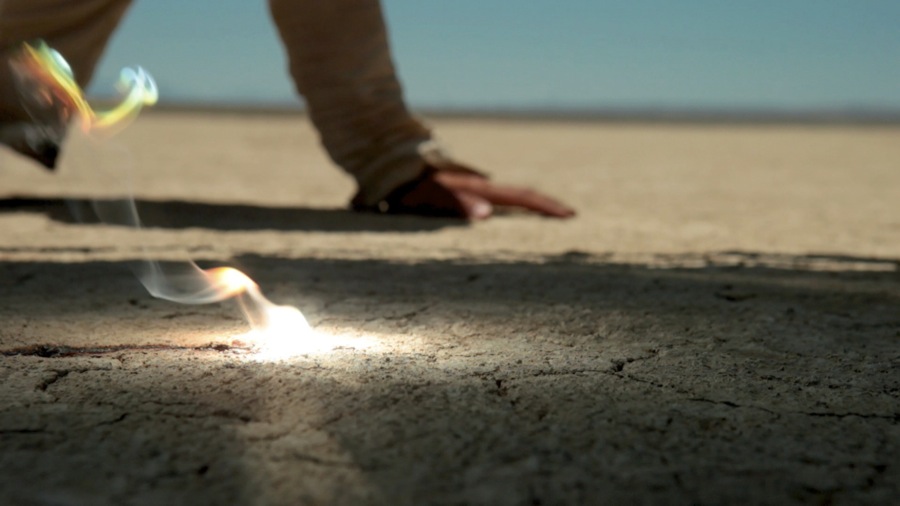
At a conference inspired by the premise of Making the Geologic Now, Seth Denizen, one of the contributors to this book, offered stark graphic representations of the accelerating speed of material change on planet earth. On graph after graph (human population growth, numbers of cell phones, ocean acidification), the recent accelerations of change have turned what once appeared as lines with slight slopes upward into near vertical spikes. As Denizen put it, at the points in time and speed that we now are approaching:
The world becomes defined not by a time, but by a speed. This is the point at which the world can no longer be merely an extension of our own, a difference in degree, but rather something which takes on a difference in kind: another sea, another wind, another world at right angles to our own.
In the wake of Denizen’s presentation, it was hard not to suspect that speeds of change in material realities of life on the planet are outpacing our ways of knowing. Most everything we (Western-encultured) humans think we know about living on Earth, and most everything we thought was useful for life here, was invented by ancestors who lived during times when the “hockey stick”-shaped graphs depicting accelerating change were relatively flat. But, as Denizen points out, we’re now living at right angles with that (former) world. We’re now living on a qualitatively different planet. While that doesn’t necessarily mean that human knowledge must start over from here, it does seem to suggest that we need to rethink, reconfigure, and reinvent much of “what we know” from an entirely different angle (the vertical, accelerating rise). And quickly.
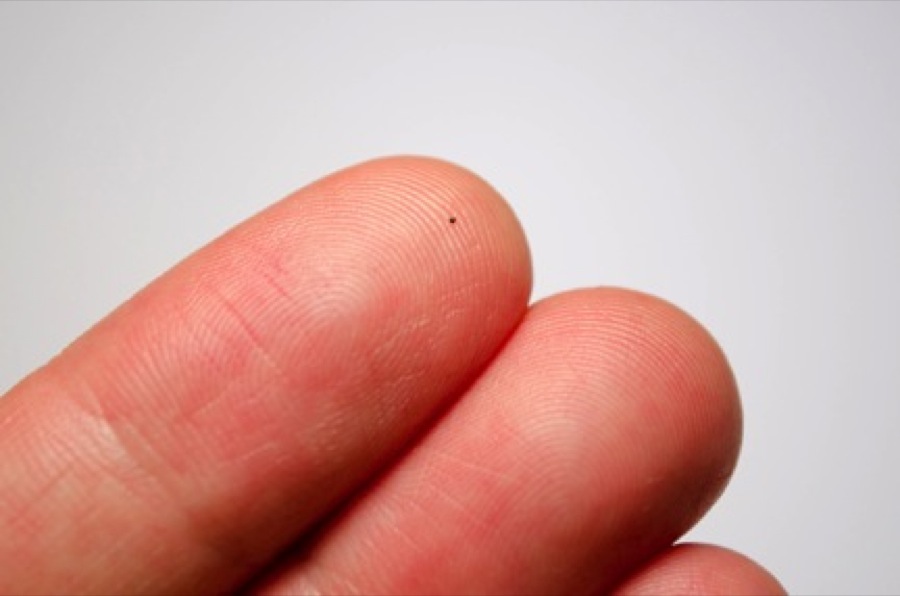
However, the contributors to this collection show that the urgency of our response can be coupled with complex, multi-leveled ways of addressing change. Some of them are engaged in practices that are designed to take time, pay close attention, take note. They take the rates of changes occurring around them as reason to pause and turn practices of experimental thinking, design, and art towards these changes, in order to respond. Some have traced flows of human-altered geologic materials around the globe (Takeda). Others have made dynamic visual materializations of rates of change (Kavanaugh and Nguyen); noted how life here on earth is always subject to larger, unknowable forces from “outside” our own atmosphere (Thompson); and documented, indirectly, evidence that we humans are “recent” arrivals on this planet who are surrounded by species that have adapted to incredibly varied eco-systems for almost unimaginable spans of time (Sussman). Creators of the works featured here are attending to rates of change with a calm perseverance. Making the Geologic Now showcases contributors’ abilities to site themselves at emergent material phenomena, invent new practices there, and attempt to imagine, gain, and share new skills capable of meeting urgencies of the moment.
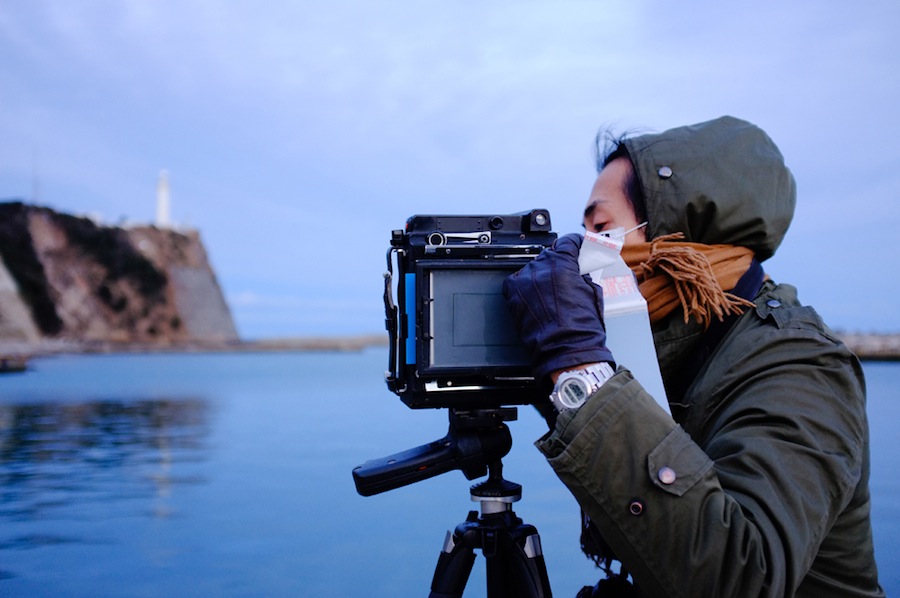
from Trace – cameraless records of radioactive contamination, Shimpei Takeda, 2012
New sorts of inventive thinking and making are now possible, and called for, in response to new material situations of daily life. A number of artists, designers, and philosophers of change and emergence are deliberately situating their aesthetic work and experimental thinking within the geologic as a condition of our present time. Some contemporary artists locate their bodies and imaginations within jostling and unstable physical, social, political, and economic situations that arise from and act back upon the earth’s materialities, forces and events. The result is an increase in aesthetic works that explore and creatively respond to the geologic depth of “now.” In the past few years, for example, galleries, museums, and public art projects (including documentary films and blogs) have presented works that do not simply take up the geologic as a theme—they also activate formats, methods, models, ideas, and aesthetic experience in ways that seek to recalibrate “the human” in relation to “the geologic.” In 2010, Rising Currents, a major exhibition by New York’s Museum of Modern Art, traced the co-shaping of geoforms and cultural forms. The exhibited works employed art, architecture, design, science, and city planning to address how the geologic force and event of a rise in global sea levels will affect life in New York City. The same year at the Cooper Union’s 41 Cooper Gallery, a group exhibition entitled The Crude and the Rare commissioned artists to creatively respond to rare earth materials and offer aesthetic and speculative activations of geologic materiality. In 2011, the Whitney’s exhibition of Karthik Pandian’s Unearth examined relationships between ancient peoples and geomorphology. With Into Eternity (2010), film director and conceptual artist Michael Madsen contemplates social, economic, biological, technological, and even spiritual significances of Onkalo, the world’s first deep earth repository for high level nuclear waste. Harvard professors Peter Galison and Robb Moss are currently co-producing a documentary, Nuclear Underground, that explores the complex set of environmental, political, and moral debates entangled within the problem of nuclear waste disposal in the United States. It will focus on the Waste Isolation Pilot Plant (WIPP) in Carlsbad, New Mexico. In a 2010 show at the Pace Gallery entitled The Day After, photographer Hiroshi Sugimoto displayed photograms that resulted when he used electrical sparks and film to create a situation that he compared to “the first meteorite hitting the Earth.” The exhibition also displayed fossils and meteorites from his collections. Brian Eno’s 2010 album, Small Craft on a Milk Sea, includes tracks titled “Late Anthropocene” and “Paleosonic,” and employs music to imagine and articulate meanings and forces of deep time. A number of emergent, hybrid practices, such as the exhibitions and “tours” of the Center for Land Use Interpretation and Lucy Raven’s photographic animation China Town, are now combining landscape photography, land use interpretation, and public field expeditions into new forms of public art.
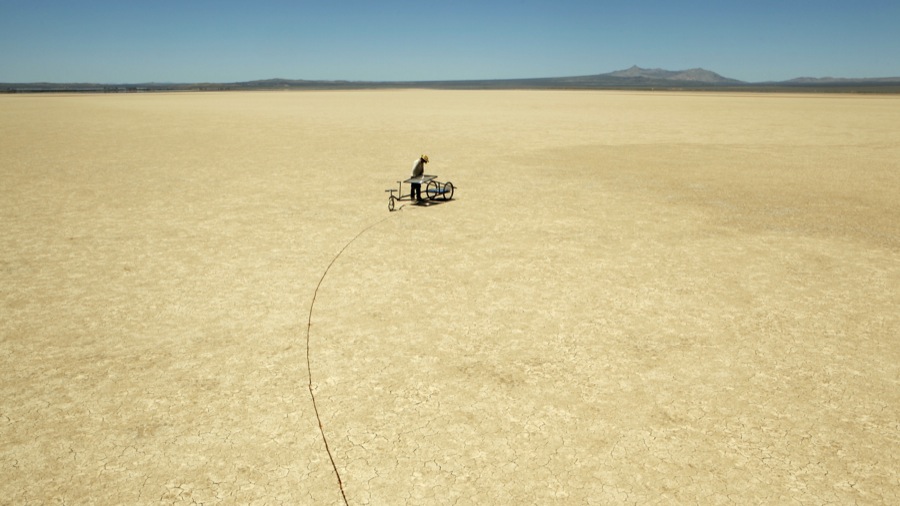
In a related gesture, some contemporary philosophers are experimenting with concepts that take up the geologic as metaphor and model. It seems that the understanding of earth processes can offer inspiration for how we might think about the qualitatively different ways that humans are now living on planet earth. Daily experiences of what has preoccupied philosophers for generations: space, time, matter, and change, are being dramatically altered by new predicaments of speed, scale, flow, and density. Some philosophers are reconsidering and revising assumptions they inherited from Western thought as they bring to their projects new appreciation for the depth and consequences of how humans comingle with the nonhuman.
For example, in Vibrant Matter: A Political Ecology of Things,[1] Jane Bennett offers compelling arguments for why and how we might (and even should) approach and understand things geologic as vital forces and active agents in daily life. Drawing on Latour, she points out that “modern selves are feeling increasingly entangled, cosmically, biotechnically, medially, virally, pharmacologically, with nonhuman nature. Nature has always mixed it up with self and society, but lately this comingling has intensified and become harder to ignore” (115). Bennett describes the contemporary moment as “a time when interactions between human, viral, animal, and technological bodies are becoming more and more intense” (108). We have arrived at a moment, she asserts, in which human culture is “inextricably enmeshed with vibrant, nonhuman agencies” (108). Among such nonhuman agents that directly shape daily life, she counts food: “eating constitutes a series of mutual transformations between human and nonhuman materials” (40). She also counts the geologic, and identifies it as a key participant in the effectivity of the electric grid, which she depicts as a “volatile mix of coal, sweat, electromagnetic fields, computer programs, electron streams, profit motives, heat, lifestyles, nuclear fuel” (25). When the grid’s complex assemblage of human and nonhuman agents “goes down” or blacks out, it does so with an agency that is “distributed along a continuum, extrudes from multiple sites or many loci—from a quirky electron flow and a spontaneous fire to members of Congress who have a neoliberal faith in market self regulation” (28).

By including geologic material in the realm of the world’s “actants,” Bennett urges us to break with modern habits of assuming and behaving as if the matter that composes the earth is passive stuff, raw, brute, or inert (vi). Many of us have been encultured to view humans as the active agents on the planet, while things, technologies, and “stuff” are relegated to the status of passive recipients of our designs and desires. But, as Bennett makes clear through examples ranging from stem cells to trash to fish oils, humans are able to act intentionally and effectively in the world only “if accompanied by a vast entourage of nonhumans” (108). We do not act or move along clearly delineated pathways of human and nonhuman, biologic and geologic, inside and outside, self and other. We operate, instead, within complex “interstitial field[s] of nonpersonal, ahuman forces, flows, tendencies, and trajectories.” Bennett suggests that it would be advisable, productive, and even ethical for contemporary philosophers to “theorize a kind of geological affect or material vitality” in recognition of the “shimmering, potentially violent vitality intrinsic to matter” (61).
Such ideas give what used to be defined as the study of the origin, history, and structure of Earth new meanings, questions, and approaches. Of course, “geology” continues to reference rocks, tectonics, and bare forces of our planet, including deep time. But it is taking up new associations as people struggle to understand and meet new and unprecedented material realities of Earth and life on Earth.
To begin to image an expanded field of geology beyond the realm of rocks, we experimented with a passage from Bruno Latour’s Reassembling the Social: An Introduction to Actor-Network Theory. We took the liberty of appropriating Latour’s effort to redirect “sociology” into the messy realm of “the social” (which is always entangled in associations). In the following passage by Latour, we substituted “geology” for “sociology” and “the geologic” for “the social,” in order to explore what becomes thinkable when we redirect “geology” into the realm of “the geologic”:
Even though most geologists would prefer to call ‘the geologic‘ a homogeneous thing, it’s perfectly acceptable to designate by the same word a trail of associations between heterogeneous elements. Since in both cases the word retains the same origin — from Latin root geo — it is possible to remain faithful to the original intuitions of the geologic sciences by redefining geology not as the "science of the geologic," but as the tracing of associations. In this meaning of the adjective, geologic does not designate a thing among other things, like a black sheep among white sheep, but a type of connection between things that are not themselves geologic.[2]
We think this speculative substitution of terms produces a lively outcome — one that springs geology into the realms of everyday actions, movements, and associations among humans and nonhumans. Thinking this way invites us to “devise new procedures, technologies, and regimes of perception that enable us to consult nonhumans more closely, or to listen and respond more carefully to their outbreaks, objections, testimonies and propositions” (Bennett, 108).
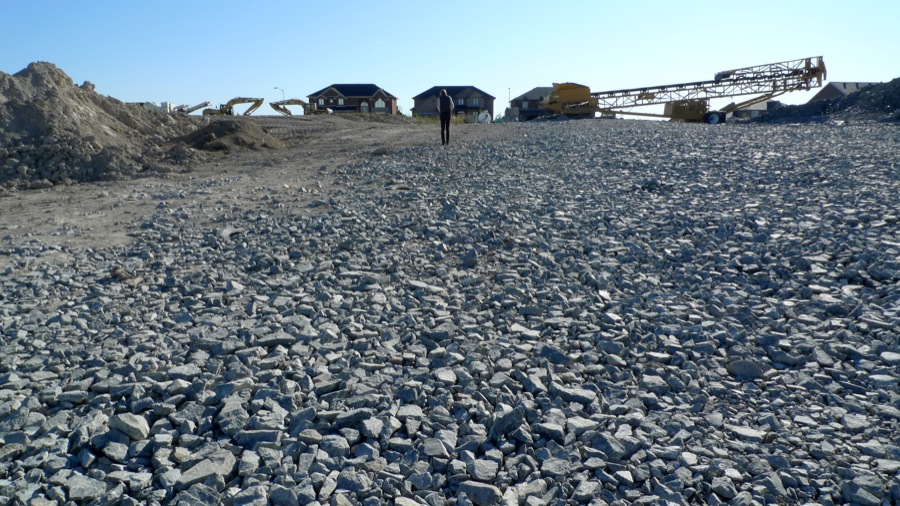
It’s becoming more and more difficult to deny that nonhuman aspects of “the geologic” have been objecting, testifying, proposing, and breaking out. Or that they have been doing so with growing intensity and human consequence. The densities and locations of human habitation on Earth, especially in highly technologized urban areas, make humans vulnerable to and aware of geologic forces and change in new ways. When looking for clues about what might be propelling contemporary cultural producers and thinkers to make a geologic turn, recent “natural” and human-made events, some unprecedented in scale and consequence, are obvious suspects. In our call for contributions to Making the Geologic Now, we chronicled some of the recent incursions that geologic forces have made into human activities and affairs. Of course, these now include the March 11, 2011, catastrophic, ad hoc assemblage of a 9.0 earthquake, tsunamis of over 70 feet, and three meltdowns in the Fukushima Daiichi nuclear power plants that occurred in Japan. Relatively inchoate senses of “the geologic as a condition of contemporary life” circulating on March 11, 2011 became overwhelmingly palpable and sense-able. In the wake of that day’s events, it seems impossible to downplay any longer the reality that assemblages of human technologies and the earth’s dynamic geo-materialities can, and do, act back upon us in wildly unpredictable ways. What continues to unfold in Fukushima makes it soberingly clear that the effects of our tools, designs and desires ramify into deep geologic futures. And that often, along the way, those futures pass directly through and dramatically rearrange human lives. There seems to be a growing sense that architectures, infrastructures, and artworks will risk being irrelevant at best, dangerous at worst, if their designers and makers don’t take this newly salient reality into account and recalibrate their work.
Zuihitsu 2
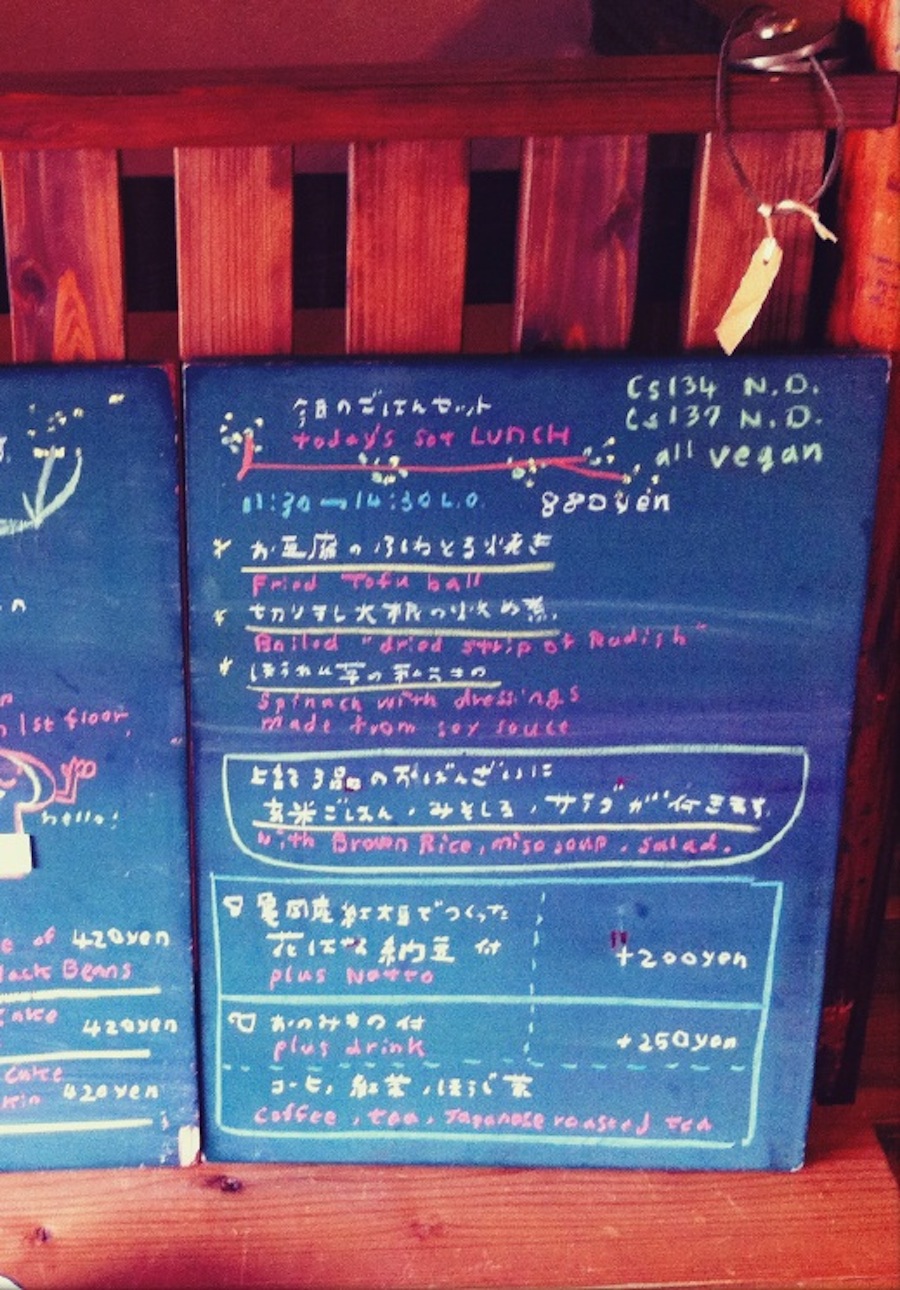
WE REALIZED CESIUM LEVELS HAD BEEN POSTED ON THE LUNCH BOARD.
Image: smudge studio
In Japan, the geologic-as-actant exceeded humans’ best attempts to anticipate and temper its potential impact on highly technologized daily life. The shattering of these best attempts has opened up new potential for inventing and actually adopting innovative modes of action at the intersections of the human and the geologic. It has necessitated new design specifications for all future, as yet unimagined projects of infrastructure, urban space and flow, and channeling of geologic actants. The fact that two thirds of Japanese citizens now prefer to not have nuclear-generated electricity demonstrates that geologic events can instruct humans about the reality that all our designs assemble with and participate in relation to complex, powerful earth forces we can never fully control.

Such “instructive” events seem to be compounding–both actually and within human consciousness -- to lay bare the reality of just how deeply human life is embedded in the “brute materiality of the external world” -- in the very “stuff” of the geologic. Take, for example: the discovery in 1997 of The Great Pacific Garbage Patch; the Indian Ocean earthquake and tsunami (2004); Hurricane Katrina (2005); Eyjafjallajökull’s eruption and subsequent disruption of European air travel and economies (2010); the Haiti Earthquake (2010); Japan’s “triple disaster” (2011); the Gulf of Mexico oil spill (2010); Superstorm Sandy (2012); increasing efforts to prepare for the long overdue “big one” along the San Andreas Fault in California; ever-clearer signs of climate change both man-made and earth-made; recent “near misses” of earth by asteroids and a growing understanding of the planet-wide effects of prehistoric direct hits; growing stockpiles of high-level nuclear waste and the urgent attempts to design ways to contain it—within the geologic–for up to one million years; new evidence of how geologic-scale engineering projects, such as the Three Gorges Dam in China and carbon sequestering, actually alter planetary dynamics; and growing evidence that urbanization vastly increases rates of soil sedimentation and erosion. And, as we deliver this collection to our publisher, Australian National University ecologist Roger Bradbury sends this alert to readers of The New York Times: “It’s past time to tell the truth about the state of the world’s coral reefs, the nurseries of tropical coastal fish stocks. They have become zombie ecosystems, neither dead nor truly alive in any functional sense, and on a trajectory to collapse within a human generation. There will be remnants here and there, but the global coral reef ecosystem — with its storehouse of biodiversity and fisheries supporting millions of the world’s poor — will cease to be.”[3] Far from being yet another instance of “disaster porn,” Bradbury sounds his alarm in the name of ending “institutional inertia” and beginning an “enormous reallocation of research government, and environmental effort to understand what has happened so we can respond the next time we face a disaster of this magnitude.”
Developments in human thought about the nature of reality itself give additional impetus for the current turn in cultural awareness and practice. These include new scientific understandings of the most fundamental geologic dynamics, such as plate tectonics, which hinges on a theory that some considered impossible as recently as the early 1960s. A turn away from static, mechanical models of “nature” to dynamic models that see the world as a field of continuous emergence has also unleashed both scientific and popular fascination with the deep interplays between the geologic and the biologic. Some philosophers now think experimentally about space, time, and change through the geologic; popular consciousness entertains radical new insights about human evolution, including the realization that life itself is the result of an immensely long process that is fundamentally geologic in nature; and journalists comment on the qualitatively new ways that humans experience time and space on planet earth.
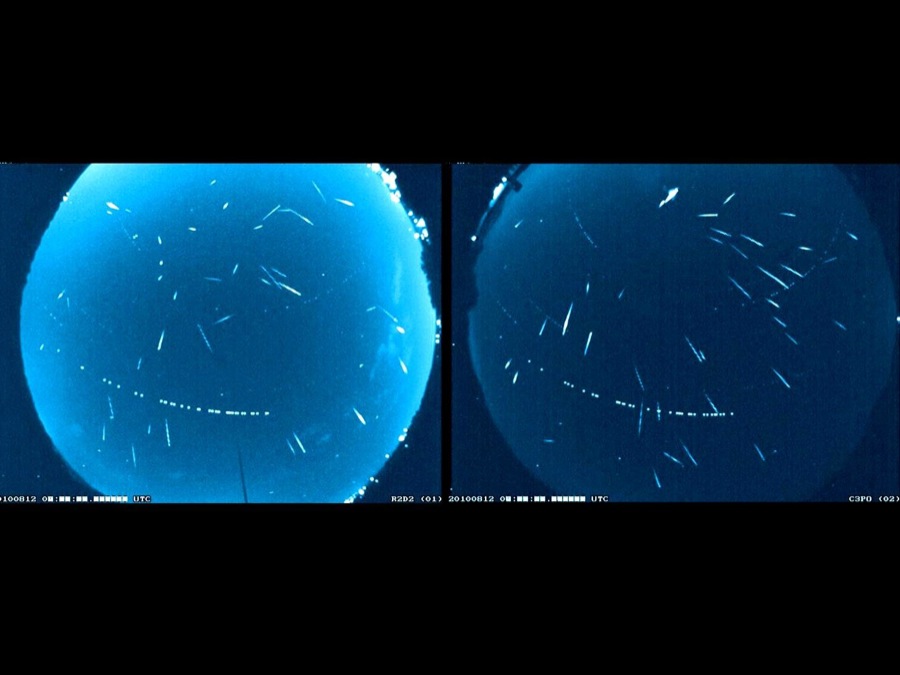
Novel ways of making sense of the geologic have become possible, in part, thanks to new technologies and lived experiences that help to make it immediate. In fact, geology's transformation from being regarded as a specialized area of scientific study at best and nerdy hobby at worst, to being experienced vividly as a daily predicament, may have been ushered in by an event of digital visualization. Arguably, the transformative moment came on December 7, 1972, the day that humans on earth received the transmission of the "blue marble" photograph of earth from the Apollo 17 astronauts across 28,000 miles of space. Thirty years later, the images of artist/photographer Trevor Paglen suggest (as he does in the interview included here) that the earth has gained a new sedimentary layer - located in space - in the form of orbiting space debris.
The internet and globalization have radically transformed daily experiences of time and space on earth in ways that continue to direct attention to the geologic. Philosophers and popular culture producers alike ponder the consequences of global flows and exchanges of information, human beings, manufactured products and earth materials for how humans sense and make meaning of time and space.
Thanks to Google Earth, our abilities to visualize earth as a wholly interconnected and dynamic geo-bio system have grown only more acute, refined, and now even interactively palpable. In addition, dynamic imaging technologies allow us to "see" and "sense" unimaginably slow and vast geologic dynamics as visible "flows." Computer simulations and data animations make apparently static and solid geo-forms such as mountains and deserts perceptible as fluid motion through time.
In the 1980s, word started to spread beyond scientific journals that the geologic conditions of life on earth can be-and have been-transformed in an instant: dinosaurs, some scientists announced, probably went extinct because of an asteroid impact. Other scientists think dinosaurs were wiped out by massive volcanic eruptions in what is now India. Regardless, their disappearance happened fast and most likely because of a geologic event that was planetary in scale. Journalists and Hollywood filmmakers have peaked audiences' curiosities-in ways that add to the scientific knowledge of laypersons-about these very real (past and future) geologic processes. Recent best sellers that help us think across biology, geology, and environmental sciences, such as The World Without Us, fuel growing realizations about deep time: while the human species can't get along without the geologic, the geologic will continue on in some form or other long after we have ceased being part of it. Scientific facts about how the geologic is capable of throwing our entire species into a crisis of existential risk are now part of pop culture (the film 2012 offers a special effects version of everything from Noah-sized tsunamis to the movement of tectonic plates to the periodic and believed-to-be-overdue geomagnetic reversal of the earth's poles).
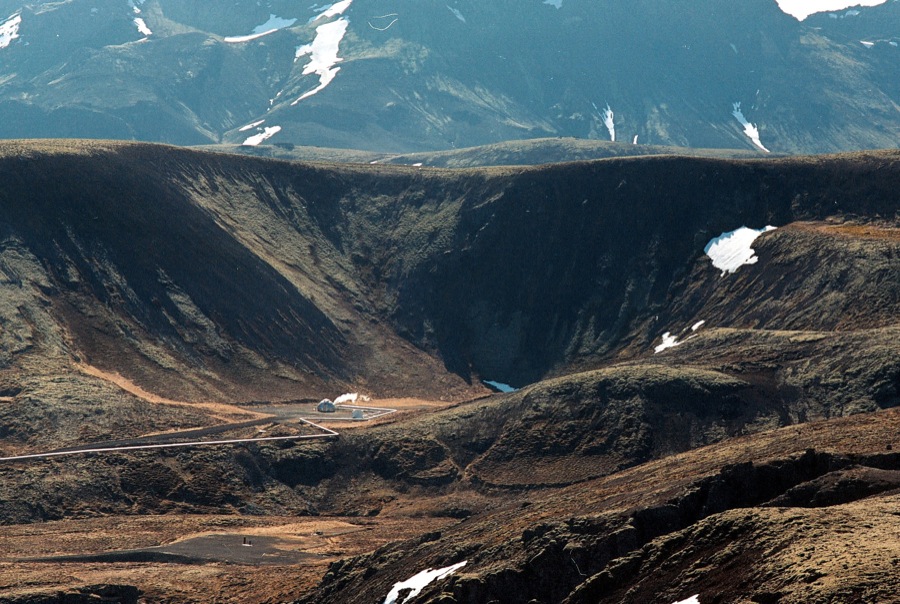
Thanks to transdisciplinary exchanges across traditional fields of study such as science and philosophy, art and science, environmental studies and social sciences, it is becoming difficult for geologists and biologists to hold to categorical distinctions between the "brute materiality" of geology's "external world" (rocks, minerals, mountains) and the soft, "inner" worlds of biology's living things. According to current scientific narratives about life, earth, and life on earth, it's possible to claim, without taking too much poetic license, that we humans are walking rocks. We may be living creatures, but our aliveness is composed of geologic materials such as calcium, iron, and phosphorous. And the comparatively tiny living organisms that inhabit the earth's surface, be they humans, lichen or bacteria, are now seen to be key players in setting up and precipitating monumental geologic processes and planetary-scale chemical transformations in geologic materials. The earth would have a completely different geologic self if there were no life on it.
Such vivid experiences-firsthand, mediated, and imagined-make it increasingly possible, even necessary, for humans to further heighten our abilities to sense and respond to the vastness, and to the agency, of geologic time. Unprecedented modes of inhabiting the earth have opened up further possibilities for humans to evolve ways to live in relation to geologic time. What we might make of our growing abilities and needs to sense geologic time, and what they might make of us, have become questions charged with more than a little urgency.
These, then, are some of the events, developments, and ideas that actively shape situations and structures of feeling within which contemporary cultural producers are making their work. Contributors to Making the Geologic Now have been drawn to the power and promise of a heightened collective awareness of the geologic as a condition of contemporary life. Their works and ideas both signal and make more of the fact that the geologic is a vibrant force in contemporary life.
back to top ↑Making the Geologic Now: Intentions, Motivations, Provocations
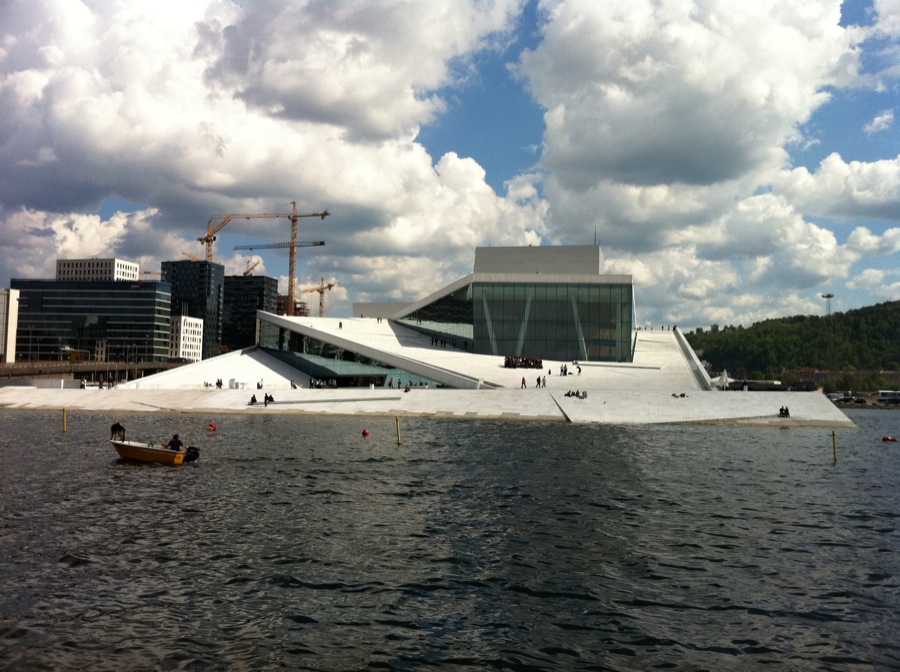
We believe that this collection may be the first to offer early sightings of an emergent cultural sensibility: a geologic turn in contemporary ideas, architecture and design, and aesthetic work. We have designed this book in the tradition of a broadside or pamphlet - a timely "calling out" of an emergent cultural sensibility and practice. Its publication by punctum books as downloadable file, bound book, and interactive website makes it readily and widely accessible, portable, and easily exchanged. We hope that these forms will encourage it to move through culture the way the "geologic turn" is now propagating through contemporary consciousness and practice.
As an early sighting of an emergent and expanding cultural sensibility, this collection functions as a provisional and experimental first naming. We do not pretend to provide an authoritative description or systematic mapping of a particular moment in cultural history. Our editorial perspective is not that of a geologist or art critic. This collection constructs a viewpoint that is generative rather than critical or analytical. It is a relay - a strategy to provide impetus to our own and our contributors' enthusiasms and desires for a geologic turn, and to pass them on to others.
Our approach is to present our contributors' ideas and images as test sites - places to think experimentally about what might happen, what might become thinkable and possible, if we humans were to collectively take up the geologic as our instructive co-designer - as our partner in designing thoughts, objects, systems, and experiences? The collection provides an armature for framing responses to such a question. It gathers a broad range of examples of what might count, in thought and practice, as "making the geologic now." As an uneven engagement with an emergent phenomenon, it provides points of departure rather than delimited categories. Contributors describe their first whiffs of what is barely understood and not yet fully articulated about the fact that the geologic has become palpable as a vibrant force in play in everyday life (once again? in unprecedented ways? more intensely?). After all, any current turn to the geologic in attempts to understand the present moment and map possible ways forward would be both an evolution in human relationship to the geologic, and a return to the age-old problem of the place of the geologic in human life on this planet - a problem that the West has both tried to control and now has become. Each essay, then, suggests an optic - an aesthetic and/or conceptual aperture - that readers can use to bring into sight and into mind what is as yet still arriving into human awareness, language, and gesture about the geologic this time.
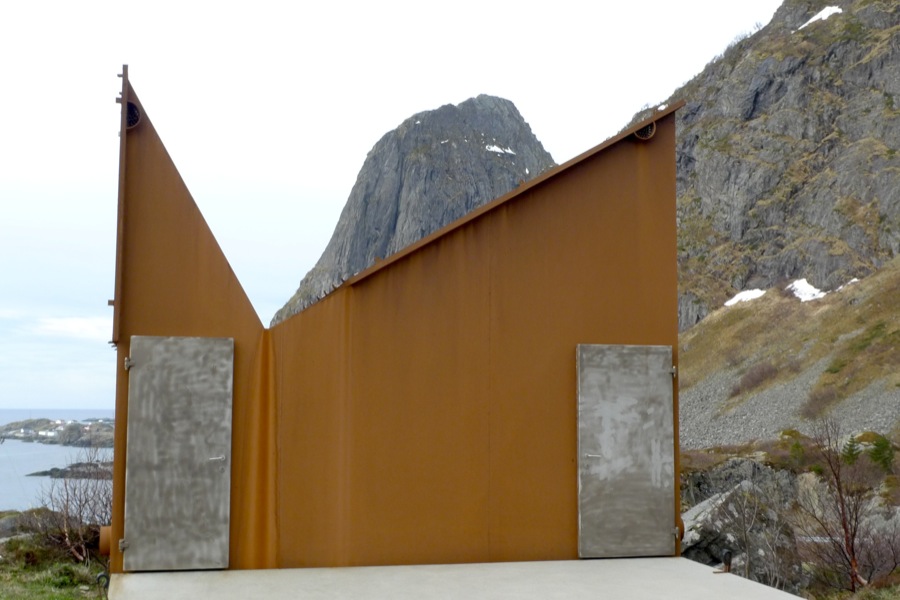
Contributors offer images, designs, projects, practices, and concepts for projecting imaginations into the geologic-as-contemporary-situation. These range from poetic readings of scientific concepts, to theoretical engagements with iconic land art, to visual essays of aesthetic and design provocation. Each work attempts to turn our gaze toward what has been operating in the peripheral vision of Western culture's assumptions about the place of the geologic in human affairs. We believe that, collectively, these essays invite several consequential inversions of perception - from seeing the geologic as matter to seeing it as process; from seeing the stuff of the world we live in as being passive object and inert thing to seeing and sensing it as process and as vibrant matter; from perceiving form as ideal, fixed, or achieved to seeing it as motion; from perceiving humans as the culminating achievement of all of geologic time to seeing ourselves as mammals included within the geologic - as living within what is alien and previous rather than as living within a romanticized nature that "endorses human values" (McKay).
When we invited contributors to plot some points along the contemporary geologic turn, we offered a series of themes for guideposts. These included: the material force of geologic time, designing for and imagining deep time, speculative or aesthetic devices for inciting "evolutionary" cognitive shifts in understanding "the geologic" as a contemporary condition, increasing awareness of the Anthropocene, geologic realities of contemporary land use, new aesthetic forms and styles necessitated by works responding to the geologic, collaborations among artists and geologists/geophysicists, visualizing interplays among multiple, complex geo-bio forces, locating the human scale in deep time and space, altered meanings and sensations of "the geologic" in art and popular culture, making monumentally slow change or movement palpable, practices that propel the geologic turn in contemporary art (such as the journey format, field research, embodied engagement with the geologic), form as motion, motion as form, instability and the earth's materiality, the "intelligence" or "agency" of geologic materials. Taken together, the works we share here touch on all of these themes in one way or another.
The essays in Section One, "Signals from the Edge of an Arriving Epoch," announce and consider scientific, social, and poetic implications of the fact that some geologists have declared the arrival of a new epoch named after us: The Anthropocene (anthropo, or man, and cene, or new). In 2000, Paul Crutzen proposed that geologists update their official view of geological time to include the Anthropocene. This triggered a still continuing debate within scientific communities as to whether the Anthropocene deserves to be incorporated into the geologic timescale. In 2011, Elizabeth Kolbert's essay in National Geographic Magazine (and reprinted here) trumpeted: "Enter the Anthropocene - The Age of Man," and presented Crutzen's concept to a lay readership worldwide. Following Kolbert's essay, and thanks to the work of Valeria Federighi and Etienne Turpin, we offer what we believe to be the first publication of an English translation of an even earlier sighting of this new epoch by Italian geologist Antonio Stoppani. Nearly 150 years ago, he declared: "We are only at the beginning of the new era; still, how deep is man's footprint on earth already? . . . You can already count a series of strata, where you can read the history of human generations, as before you could read in the amassed bottom of the seas the history of ancient faunas." Following on Stoppani, Canadian Poet Don McKay's remarkable enactment of "geopoetry" in his essay: "Ediacaran and Anthropocene: Poetry as a Reader of Deep Time," searches out and expresses some of the profound, sublime, terrifying, and even ethical meanings released by the growing imperative to name the present moment "Anthropocene." The essays by Fox, Gilbert, and Osborne further clear conceptual and aesthetic pathways for the arrival of the Anthropocene.
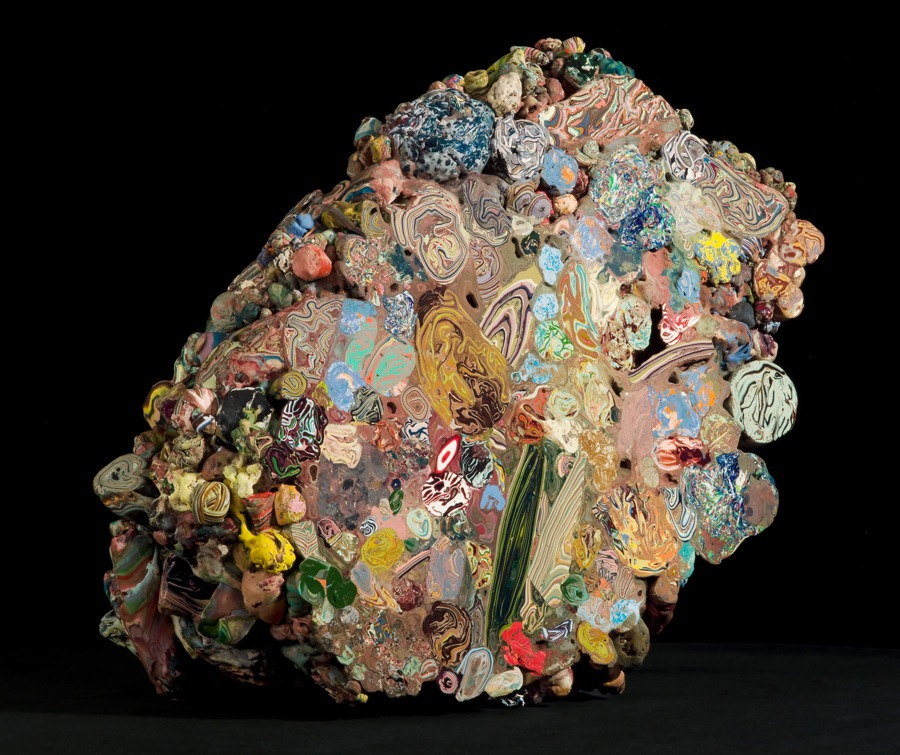
We have staged Section Two, "Shifts in the Material Conditions of Contemporary Life," as a concatenation of gestures by designers, cultural producers and critics, artists, and teachers. Each essay in this section is an indicator of sometimes catastrophic, sometimes barely perceptible change in the material circumstances of contemporary human beings - change that carries a geologic charge or imprint. Each emanates from a specific condition or event that is geologically inflected. These range from direct or indirect experiences of geologically triggered historic events, to particularly volatile or provocative junctures of the human and the geologic, to personal encounters with geologic forces and materials and pedagogical activations of the geologic as learning event. Contributors use speculative essays, land use interpretation, photographic essays, documentary research, and art criticism to describe qualitative changes in material conditions of daily life. For example, in "Imagining the Geologic," Norwegian literary critic Janike Kampevold Larsen takes readers on a journey from the Grand Canyon to highway road cuts, and offers them a visceral sense of her argument: current conditions of life are forcing human attention away from pictorial images and views of landscape and toward the bare materiality of the earth's surface. Such a redirection of attention heightens the possibility that "slight efforts of the imagination" can help us relate to the ground as a presence that exists both within and outside of human mediation. Designer and researcher Chris Rose offers a firsthand account of such an effort, when his own perception became "inverted" as a result of making a geologic turn: in the midst of conducting field research with students in a quarry on the coast of England, he found himself newly capable of experiencing the rock that surrounded him as "process." In "Robert Smithson's Abstract Geology: Revisitng the Premonitory Politics of the Triassic," philosopher and aesthetic theorist Etienne Turpin sights a precursor to today's broader turn to the geologic as source of provocation to thought and aesthetic practice. He offers the works of Robert Smithson to readers as points of reference that they can use to help sense their own arrivals into the era of the Anthropocene.
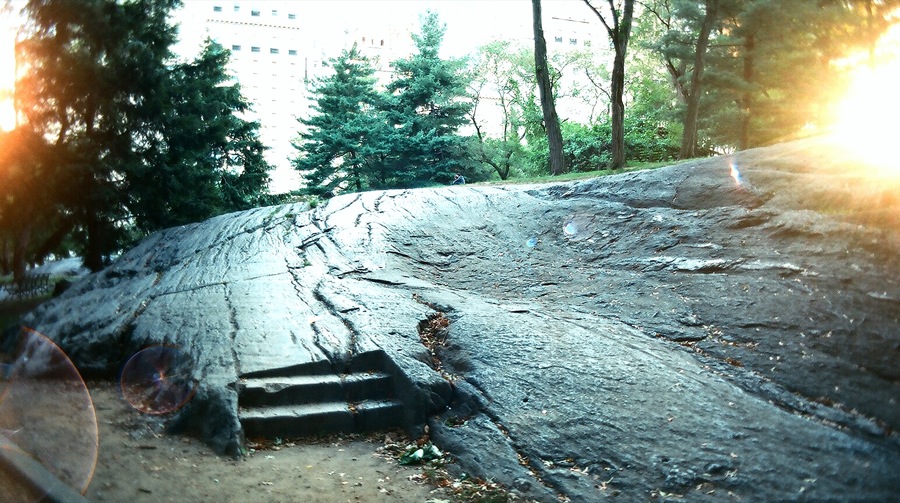
Essays in this section invite an active reading across diverse ways of responding to geologic conditions of the present moment, and set up potential for productive collisions among, for example, explorations of photography as a particularly effective medium for engaging the force and the depth of geologic, new forms of field expedition and documentary research designed to engage students with the geologic, and speculative or aesthetic responses to pragmatic and existential challenges that humans face as a result of being embedded in the geologic.

In Section Three, "From Periphery to Center: Artists Make the Geologic Now," each work offers a sighting of a place, project, or event in which humans intentionally or unintentionally join with geologic materialities, forms, or processes - and do so in ways that have consequences for both. From monumental sites of extraction, to a forest planted in anticipation of the deep geologic future, to photographic portraits of the new sedimentary layer that all landfills inevitably become, this section indicates how contemporary artists are alerting their audiences to the consequences of human-geologic assemblages.
The fourth section, "Geologic Tomorrow: Wild and Potent Futures," focuses on a particularly fierce geologic material that promises to shape human activities, design challenges, and philosophical thought for the rest of our species' existence. Elizabeth Kolbert's "Enter the Age of Man" appeared in National Geographic the same month that Fukushima Daiichi spewed radioactive materials around the globe. This poignant simultaneity gave way to the undeniable fact that the material composition of the planet (ourselves included) is forever altered as of that date. The degree to which such fundamental changes are felt in daily life is not evenly distributed. In mid-2012, we spent a month in Kyoto, Japan and we were surprised by how concerns about radioactive contamination in the air and in water and food supplies in locations hundreds of kilometers south of the accident had become personalized for people living there. We ate often at a Kyoto café that tested their food for radioactive cesium and openly posted the results. Experiencing this first hand and regularly encountering television programs and public events that engaged these concerns, we grasped more fully the degree to which radioactive substances have become a potent geologic materiality - one that is becoming ever-more deeply embedded in individuals' lives. As this section's "Technogeomorphological Mounds" by the Center for Land Use Interpretation, and Geoff Manaugh and Nicola Twilley's interview with a scientist at Yucca Mountain remind us, humans will be "designing for deep time" and attempting to contain landscapes contaminated by nuclear materials in perpetuity. Our species is just at the beginning of a design and engineering project that, if taken up, will span millennia. As Shimpei Takeda, Bryan Wilson, and Jamie Kruse explore, the new stratum containing radioactive materials that we are now laying down always will be traced back to, and always will affect, individual humans.
Today, global flows create complex, moving entanglements of earth materials, geologic events, technologies, objects, chemicals, weather, information, people and other living and nonliving things. Over the past couple of years, we have published a blog (Friends of the Pleistocene) to express and visualize "the geologic" as interwoven with the rise in global populations; nested within the challenges of nuclear waste storage; enfolded in carbon emissions; caught up in the rise of tsunami waves; orbiting the planet as space trash; stuck in the stagnant center of the vortex that is the Great Pacific Garbage Patch; and fermenting in the hills of the Freshkills landfill. The geologic "now" is a teeming assemblage of exchange and interaction among the bio, geo, cosmo, socio, political, legal, economic, strategic, and imaginary. The geologic lives in our bones (as calcium) and our cell phone screens (as indium tin oxide). The geologic "now" in which we live, and for which we design urban spaces and infrastructures, is an ongoing procession of substances that were formed in the deep past and are arriving into the present. The geologic passes through our time as the materials and forces that compose us, and that we take up and transform to compose our world. Geo-bio-socio assemblages reconfigure and ramify geologic materials and forces, with growing consequence, into the stuff of deep futures.
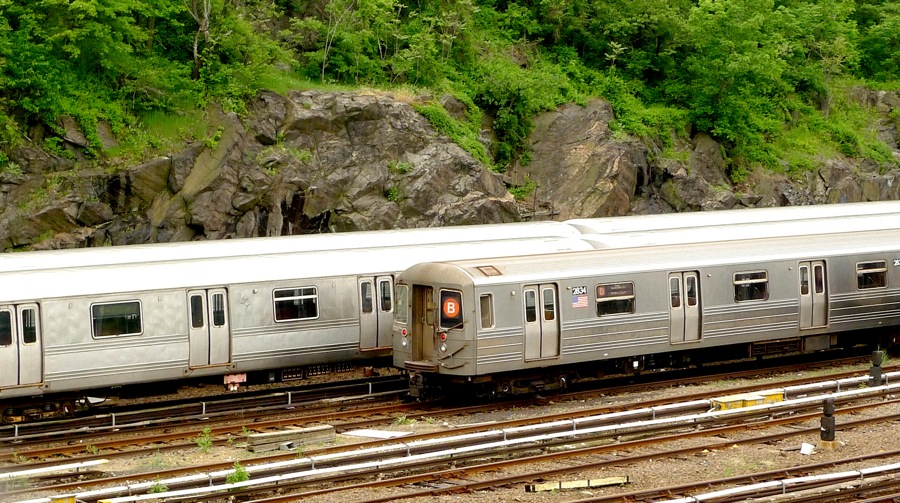
Jane Bennett's work has been an inspiration for the way we have approached the project of Making the Geologic Now. Her concluding essay "Earthling, Now and Forever?" responds to the collection in light of key ideas that shape her own work.
Throughout the collection, we have dispersed visual and textual provocations that have affinities with the adjacent essays. We call these interjections "zuihitsu," after a Japanese term that loosely translates as: "a miscellaneous essay," "literary jotting," or "musing." A kanji that is out of common usage for "zui" translates as: "at the mercy of (the waves)." The kanji currently in modern usage in Japan translates as: "follow." Hitsu means "writing or painting brush." Our zuihitsu include original photography and excerpted texts from our own work, our contributors, and various public sources. They provide an unfinished "through line"-a lively and unsettled terrain composed of concepts, images, sensations and waves of realization that "make the geologic now."
back to top ↑Humans Assembling the Geologic
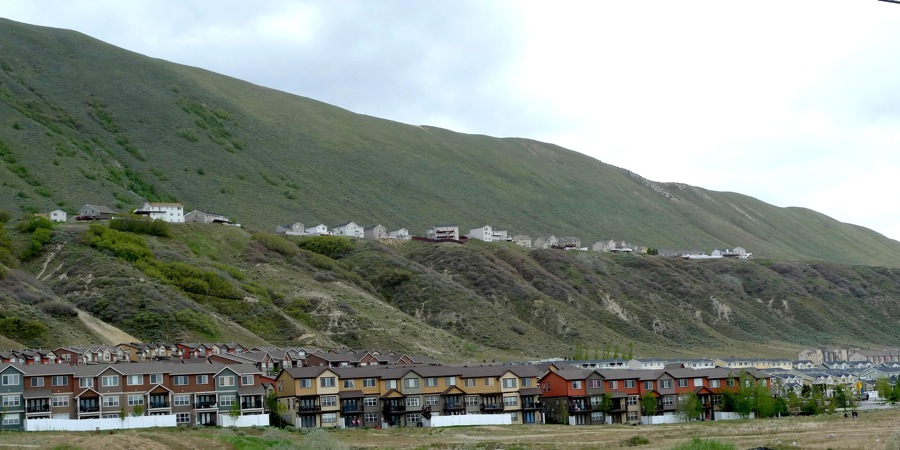
We believe that turning toward the geologic, in ways reported and enacted by the essays collected in Making the Geologic Now, has the potential to relocate human sensibilities and assumptions with great effect . It may, for example, compel activists and designers who invoke the ecological and the "environmental" to take the geologic fully into account. The first wave of environmentalism in the 1970s was dominated by discourses that understood "the environment" primarily in biological terms. It focused its concern on the surface of the earth-on the soil, water, living organisms, and atmosphere that compose the thin layer that is the biosphere. But recent insights about just how deeply the bio is intertwined with the geo make it necessary for any concept of "the environment" to now acknowledge the roles and powers of the geologic in terrestrial life. Given new understandings of the figurative and literal depth of the enmeshment of the bio and the geo, it's now difficult to hold previous distinctions between animal, vegetable and mineral. Current understandings of earth cycles show that the bio is instrumental in the composition, history, and future of the geo. We now know that solar flares, asteroids, and supervolcanoes can alter and have altered the course of biological life on earth in seconds. This awareness extends what we consider to be our environment far beyond Earth's surface. The soci-geo-bio "order" that we live today draws all things on Earth - human and nonhuman - into relation at a much vaster breadth and depth than acknowledged by the environmentalism of the 1970s. Even the landscape or surface that architects design for and build upon can no longer be taken to be that single, thin, folded surface depicted by computer aided design software. Today, the geologic counts as "the environment" and extends it out to the cosmos and down to the Earth's iron core.
A geologic turn may recalibrate nothing less than our senses of temporal and spatial dwelling. It may make us capable, McKay suggests, of an entirely new human relationship to time - one in which we no longer see time only or primarily in relation to humanity's place in it. As we lose our position in/as the pinnacle of all that has been made possible by the material force of geologic time itself, McKay suggests, we may gain new capacities to sense and act in terms of mutuality (McKay).
By making a geologic turn, we direct sensory, linguistic, and imaginative attention toward the material vitality of the earth itself. We come closer to entertaining the idea that matter is not passive. Assuming its passivity weakens our abilities to discern the force of things (Bennett, 65). It precludes potentially productive questions such as: how is this geologic actant - this earthquake, geologic stratum, geologic flow, earth materiality - contributing to a problem affecting me? How might these nonhumans contribute to its solutions (Bennett, 103)? We might design and respond differently if we were to work from a place of recognizing that our actions always do assemble with the geologic. This change in perspective may result in wildly unpredictable innovations.
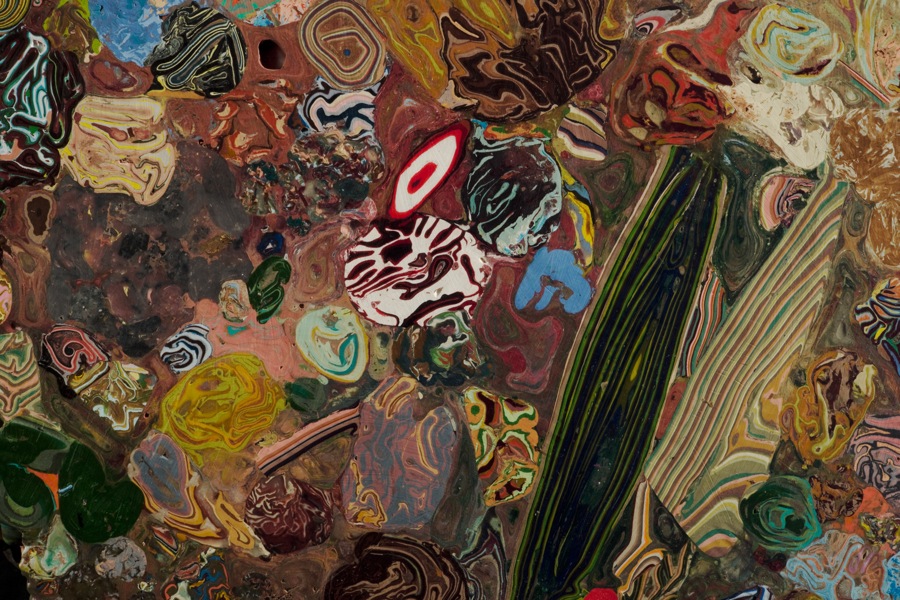
In Vibrant Matter, Jane Bennett asserts that it would be advisable, productive, and ethical for contemporary philosophers to "theorize a kind of geological affect or material vitality" that recognizes the "shimmering, potentially violent vitality intrinsic to matter" (61). The Japanese earthquakes and tsunamis of 2011 opened up new potentials for humans to invent and collectively adopt new modes of action at the intersections of the human and the geologic. We can no longer relate to the Earth as brute, static material: rocks, mountains, canyons, continents. Mountains are in constant motion. The stuff of rocks is in continuous transformation. The Earth's crust is a conveyor belt that digests continents and regurgitates new landmasses. Earth has a finite life span constrained by its cosmic environment. New understandings of the power of relatively ephemeral geo-bio-socio assemblages have altered our senses of the place we inhabit. No longer the inert matter outside of ourselves that is there to support us and our buildings, the geologic is a cascade of events. Humans and what we build participate in their unfolding.
Making a geologic turn, we create an opportunity to recalibrate infrastructures, communities, and imaginations to a new scale-the scale of deep time, force, and materiality. This would require us to assemble responsively with the non-human scale of geo-forces in play on this planet. Such a move has the potential to turn Western-encultured humans (once again?) toward what is most real about human life on this planet: we are not simply "surrounded" by the geologic. We do not simply observe it as landscape or panorama. We inhabit the geologic. We live within it. This means that humans are always forced to come to terms with earth forces, eventually.
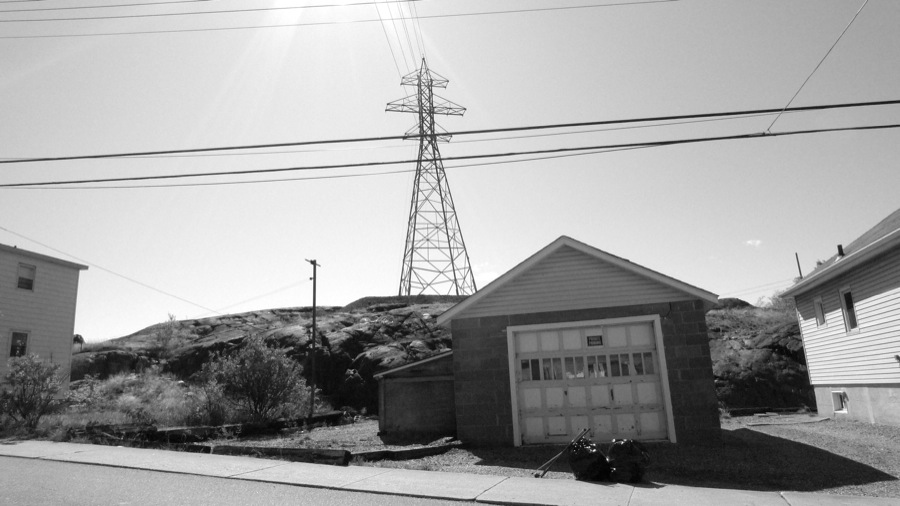
But, as the works collected here show us, it can also mean more than that.
Perhaps the qualitatively new and different cultural sensibility that is signaled by those who are "making the geologic now" is this : as the very medium of human existence, geologic assemblages are vibrant forces, and they are capable of instructing not only architecture and design practices, but everyday life as well.
back to top ↑Notes
- Jane Bennett, Vibrant Matter: A Political Ecology of Things (Durham: Duke University Press, 2010), hereafter referred to parenthetically by page number. ↑
- Experimental reading of Bruno Latour, adapted from Reassembling the Social: An Introduction to Actor-Network Theory (Oxford: Oxford University Press, 2005), 5. ↑
- Roger Bradbury, “A World Without Coral Reefs,” The New York Times, 13 July 2012, http://www.nytimes.com/2012/07/14/opinion/a-world-without-coral-reefs.html. ↑
